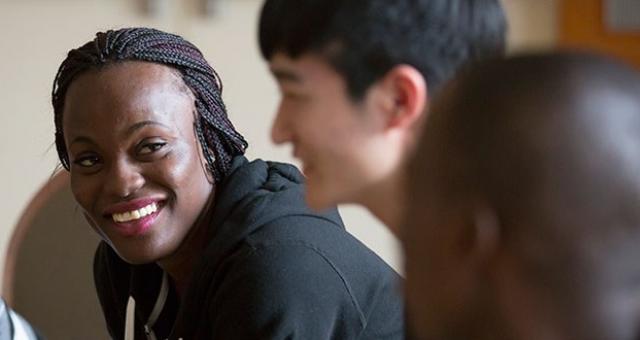
How do you teach leadership?
This is a common question. Within the context of a business or governmental policy course, this is relatively easy to answer with an array of theories, a magnum of famous names, and an example or two from real life.
From what I have seen in the Northeastern University Global Leadership classroom in Melbourne, Australia, the answer is as multi-faceted as the students sitting before us in the classroom.
First, they are multi-national. In a class of 15 it is not uncommon to have 11 different nationalities. Second, they are multi-lingual: dialects of Hindi, Spanish, Thai, Vietnamese, Mandarin, Malay, German, Portuguese, and, yes, Australian, British and Canadian English. Third, they are often inexperienced in business and government.
The future leaders of our connected world do have something in common: They all have a different definition of leadership – if they have a definition at all.
So, how do you teach leadership to multi-national, multi-lingual, multi-ethnic, master’s degree students?
By embracing this multi-everything classroom as a place to create global interconnectedness.
For many students, coming to Australia for the program was the first time they left their home country. This insularity is often exacerbated by their country’s political climate. They may have only scant knowledge of other religions or regions. Most have been schooled in the “lecture and regurgitate” mode of delivery. Speaking in class is as foreign as the English they need to use. Contradicting an elder is usually verboten.
To teach leadership, we need to assist the students in understanding themselves, their interactions with others, and their biases. It is our task to offer a safe environment for exploration and ways to make meaning.
To achieve this understanding, we build upon, rather than discount or try to change, their backgrounds and world views through a variety of tools: seeing themselves as super-heroes in order to role play their way into confidence; mixing up nationalities and genders within classroom teams; discussing difficult subjects such as the role of women as leaders (or not) in their society; simulating a team climb of Mt Everest, asking them to find ways to lead grassroots efforts to stem corruption; building glossaries of cultural idiosyncrasies that might impede the creation of high-functioning, multi-national work places.
When they complete their Master’s in Leadership and their concentration in International Business, Accounting, Marketing or Biochemistry, they leave with an appreciation for the fleeting, situational, and complex conditions of leadership.
We, the faculty, leave the classroom and Australia with our own appreciation of the vagaries of leadership. We leave knowing that in a small way we have connected Indian with Pakistani, Venezuelan with Colombian, Vietnamese with Canadian, Chinese with Taiwanese.
Facilitating these connections is a challenge. It is also the only way forward for a connected world.